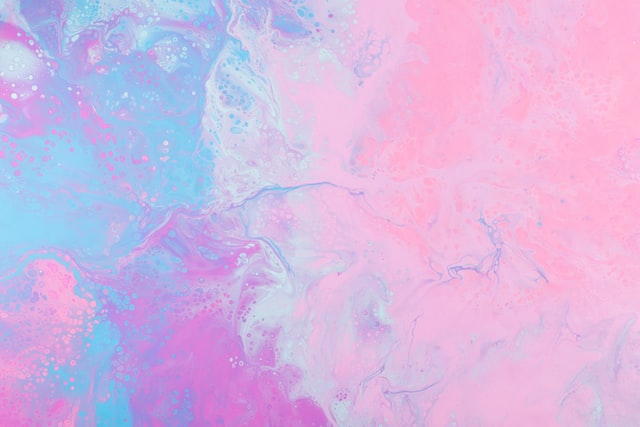How to Make Tie Dye T-Shirts
What is tie-dye? How do you make tie-dye shirts? Where did tie-dye come from? What was its history? These questions are bound to raise some eyebrows. There is no single answer, but we’ll try our best to explain.
Tie-dye is a type of fabric printing technique that has existed since at least 500 B.C. The method involves using natural dyes and salt to create patterns on cloth.
Tie-dye is a type of fabric printing technique that has existed since at least 500 B.C. The method involves using natural dyes and salt to create patterns on cloth. Most people associate tie-dye with hippies in the 1960s and 1970s, and this is because most commercial ties were originally made by artisans who had migrated from India or China (or sometimes even Africa) and settled down in California’s Central Valley. They began making their own fabrics for clothing before they started selling them. In fact, there is evidence that pre–Colombian Americans used tie-dye techniques to decorate textiles thousands of years ago.
The history of tie-dye goes back much further than that though. It’s known today as an ancient Aztec tradition and it also existed among Native American tribes across North America. For centuries, people have been experimenting with different ways to use these methods to decorate garments. Eventually, during the late 1800s, artists developed a new way of doing tie-dye—one that involved using chemicals instead of natural materials visit casino en ligne. That’s how the modern form of tie-dye came into existence.
Today, anyone can learn how to do tie-dye if he or she wants to. In fact, there are several schools around the world where people take classes on tie-dyeing and sell their products online. We are going to focus mainly on the DIY route here, so read on.
How to Make Tie Dye T-Shirts
1. Prepare your canvas
Before you start tying up your shirt, you need to prepare some things. You will need:
- A piece of cotton or linen material that is wide enough to cover your entire garment, plus extra a little bit on each side to overlap. This will be your ‘canvas work area’.
- Dried food coloring
- White vinegar
- Optional – Salt flakes and/or powdered dry milk
2. Dip and tie
Now that you have everything set up, it’s time to dip your clothes into your chosen color palette. Start with white, then yellow, then green, etc. Depending on what kind of pattern you want, choose one of these colors to be darker, medium, or light.
3. Apply some heat
After all the colors are done, sprinkle salt over the front of your shirt. Then apply vinegar to both sides of your shirt. Let it sit for 15 minutes. Afterward, dunk your shirt into another pot of colored water. Repeat this process three times before letting it air out completely.
4. Dry and repeat
Your shirt should now look like this after the first round of washing. Keep repeating steps 2 through 4 until you get the desired effect. If you’re feeling more creative, just keep adding salt, vinegar, and food coloring until you get the perfect shade.
5. Wring it out
Once the whole process is complete, wring out your shirt thoroughly to remove any excess moisture. Do this every two hours while the shirt dries. When finished, wash your shirt again and let it dry completely. Don’t forget its original position!
6. Done!
This final step is optional but highly recommended. You can add additional layers of design by either painting paint directly onto the shirt or cutting a stencil shape out of paper and laying it over the top.
The results are almost always amazing!
Tie-dye comes in many forms, shapes, and sizes. Whether you make t-shirts, tank tops, capris, dresses, and skirts, you still have to follow these basic steps to achieve great designs. However, when playing around with various mixtures of fabrics, salts, and acids, amazing patterns can come from anything. From hearts to skulls, zippers to flowers, you name it—there are endless possibilities.
